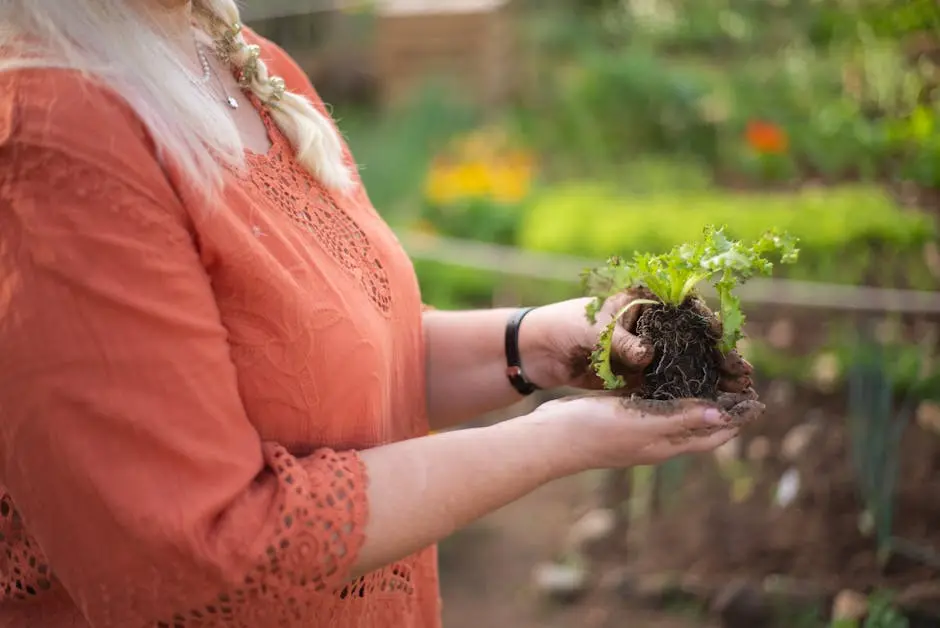10 Essential Tips for a Sustainable Danville Landscape in Your Backyard
Creating a sustainable backyard landscape in Danville is not only beneficial for the environment but also adds beauty and tranquility to your home. In this article, we'll explore some essential tips to help you achieve a sustainable and thriving outdoor space that's both eco-friendly and low-maintenance.
1. Choose Native Plants for Efficiency
Using native plants is a key strategy in sustainable landscaping. They are naturally adapted to the local climate and soil conditions, requiring less water and maintenance. Not only do they thrive more easily, but they also provide habitat for local wildlife. Native plants like California poppies and coast live oak not only blend beautifully with the Danville landscape but also play a critical role in maintaining local biodiversity.
Furthermore, embracing the beauty and resilience of native flora reduces our dependency on artificial fertilizers and pesticides, making our surroundings healthier and more sustainable. Opting for native species also brings you closer to the natural splendors of the Danville area, allowing you to witness the vibrant changes that occur with every season.
2. Implement Water-Wise Techniques
Incorporating water-efficient practices like drip irrigation and rainwater harvesting can significantly reduce water usage. These methods ensure that your plants receive the necessary hydration without wasteful runoff or evaporation. By creating a rain garden, you can capture excess rainwater, preventing it from leaving your property and directing it to your garden where it is needed the most.
Utilize water barrels to collect rainwater from your roof. Not only does this provide a free source of water for your garden, but it also reduces your reliance on municipal water supplies. In drought-prone areas like Danville, such practices are not only smart but necessary for a sustainable future.
3. Opt for Permeable Hardscaping
Permeable hardscaping options, such as gravel or porous pavers, allow rainwater to seep into the ground, replenishing groundwater supplies. This approach prevents erosion and reduces the need for additional watering. Unlike traditional impervious surfaces, permeable materials minimize surface runoff, preventing pollutants from entering the waterways.
By integrating permeable pathways and driveways, your landscape not only becomes more functional but also contributes to the reduction of heat island effects, keeping your outdoor space cooler. Stylish and practical, they meld seamlessly with a wide variety of garden designs while promoting environmental balance.
4. Build Healthy Soil with Composting
Composting is a simple and effective way to enrich your soil naturally. It reduces waste and provides your plants with essential nutrients, leading to healthier growth and reduced reliance on chemical fertilizers. By turning kitchen scraps and garden clippings into rich compost, you can boost the microbial activity in the soil, which is essential for plant health.
Starting a compost pile not only reduces your household waste but also acts as a sustainable fertilizer for your garden. This closed-loop system turns what was once waste into a valuable resource, transforming your soil into a thriving ecosystem capable of sustaining a lush garden throughout the year.
5. Use Mulch to Conserve Moisture
Applying a layer of mulch helps retain soil moisture, suppress weeds, and regulate soil temperature. This simple act can greatly decrease the need for watering and weeding in your garden. Organic mulches, such as wood chips or straw, break down over time, adding nutrients to the soil and improving its structure.
By using mulch in your Danville landscape, you create a more stable environment for your plants, protecting their roots from extreme temperature changes and maintaining an even moisture level. It also gives your garden beds a neat, tidy appearance, enhancing the overall aesthetic appeal of your outdoor space.
6. Practice Smart Plant Grouping
Group plants according to their water and sunlight needs. This facilitates efficient irrigation and care, ensuring that all plants receive the optimal conditions for their specific requirements. In planning your plant layout, consider sun exposure, shade patterns, and proximity to water sources to create zones of similar plants for easier management.
By strategically placing plants with similar needs together, you not only economize on resources but also simplify maintenance routines. This thoughtful approach mimics the synergies found in natural ecosystems, leading to healthier plants and a more cohesive landscape design.
7. Integrate Edible Landscaping
Growing your own fruits and vegetables not only provides fresh produce but also contributes to sustainability. Use companion planting techniques to naturally deter pests and promote healthy plant growth. Integrating edible plants like rosemary or lavender into your landscape adds both aesthetic and practical value.
Edible landscaping allows you to enjoy the fruits of your labor both figuratively and literally. By combining ornamental plants with edible ones, you maximize your garden's productivity while maintaining its visual appeal. This approach also fosters a deeper connection to the food you consume and the land that produces it.
8. Create Wildlife-Friendly Habitats
Incorporating elements like bird feeders, butterfly gardens, or water features can attract beneficial wildlife to your garden. This fosters biodiversity and helps maintain a balanced ecosystem. Choose native plants that provide food and shelter for local fauna, transforming your backyard into a vibrant wildlife haven.
Creating a habitat that supports bees, butterflies, and birds not only enhances your garden's ecological value but also contributes to larger conservation efforts. With shrinking wildlife habitats, your backyard can become an essential refuge for local species, promoting biodiversity right from home.
9. Reduce Lawn Size for Efficiency
Traditional lawns can be resource-intensive. Reducing their size in favor of native plant gardens or edible landscapes can decrease water usage and minimize the need for mowing and chemicals. Lawns that are transitioned to meadows or mixed with drought-tolerant plants not only reduce environmental impact but also create more visually interesting spaces.
Explore alternatives like ground covers and ornamental grasses that offer aesthetic and maintenance benefits. By reimagining the role of your lawn, you create opportunities for a more diverse and sustainable landscape that requires less effort to maintain.
10. Engage in Regular Eco-Friendly Maintenance
Routine maintenance with an eco-friendly approach ensures a thriving garden. Use manual tools instead of gas-powered ones and avoid synthetic chemicals to preserve the health and sustainability of your landscape. Focus on organic methods of pest control to reduce your landscape's environmental impact.
Commit to practices like weeding by hand, using compost as a natural fertilizer, and employing mulch to manage garden needs. These actions might take a bit more time, but they provide long-term benefits by promoting soil health and reducing pollution. By adopting these methods, your Danville landscape becomes a model for sustainable living.

